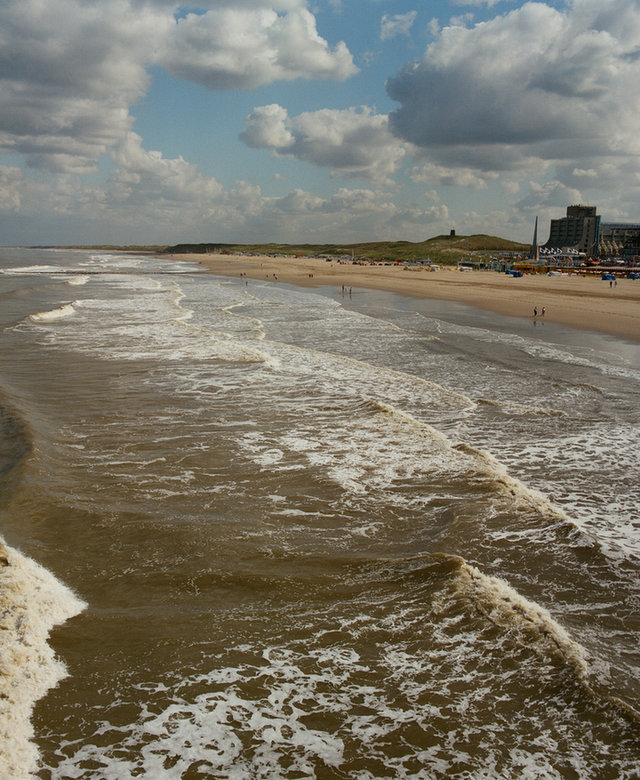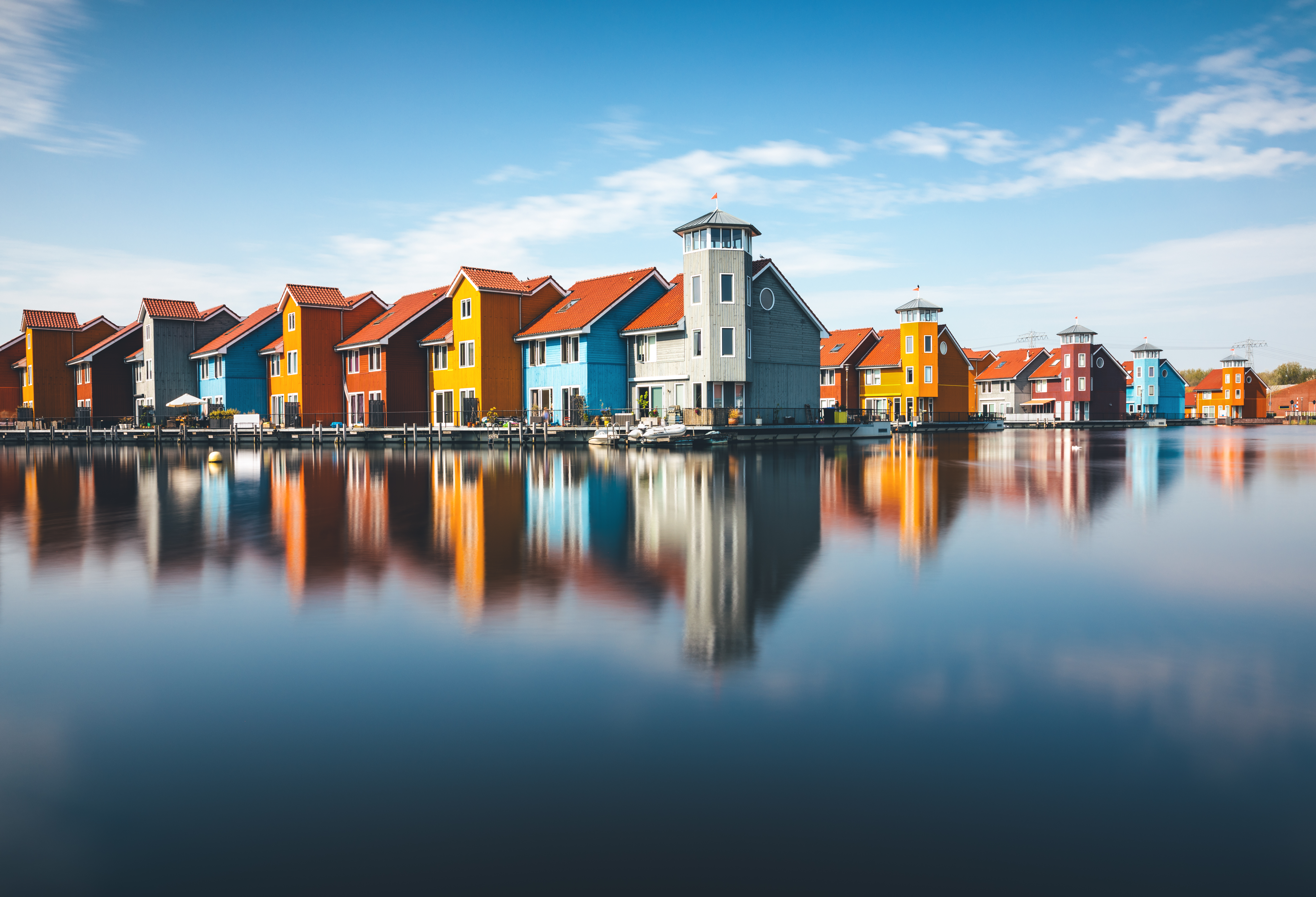How does sea level rise affect sandy coastlines?
Deltares and Rijkswaterstaat are researching what sea level rise means for sandy coastlines, and how much sand is needed to keep the coastlines in place. The Dutch coastal policy success is in large part due to working with nature including with sediment - especially with sand. We have a clear understanding of how this works for the current rise, but what will happen when sea levels rise by two or five metres?
The Dutch government has launched the Sea Level Rise Knowledge Programme to highlight new developments in Antarctica, and to research the consequences for the Netherlands. An important part of this is to, from a water security perspective, better understand how our water systems react to sandy coastlines and freshwater.
Constant challenge
Together with Rijkswaterstaat’s specialists, Deltares is providing knowledge to support sand supplementation.
More information in July 2021's Deltalife
Two to five metres
In 2022, the sandy coastline research will calculate how much sand is needed with a sea level rise of up to two metres. However, researchers are also considering the consequences of rises of three and five metres. In this stage of the research, the focus is on the relationship between sand supplements and long-term coastal behaviour. This could lead to adjusting previous sand requirement estimates.
The second priority this year is to better understand how the Wadden Sea is adapting to faster sea level rise. Will this have consequences for how much sand needs to be supplemented on the North Sea coast of the Wadden area? In 2023 and 2024, the parties will consider which supplementing measures will be required over the coming 15 years. In 2020, Rijkswaterstaat drew up coastal maintenance policy advice (Coastal Geneses 2.0). The research will address the remaining uncertainties.


